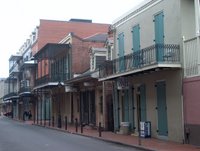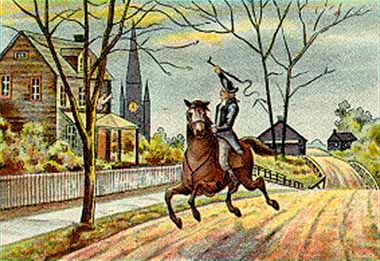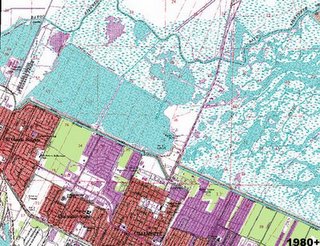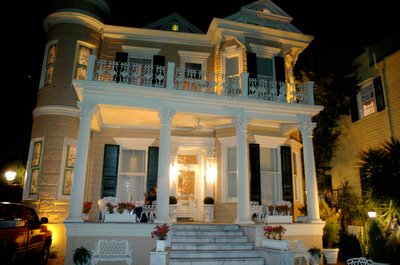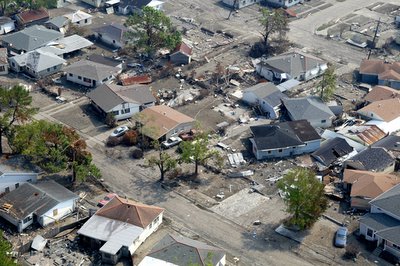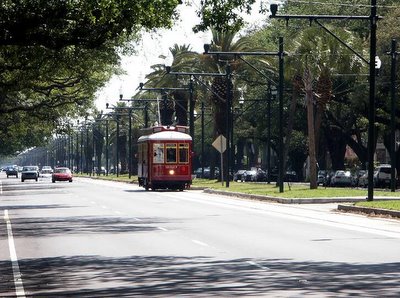 Mayor Ray Nagin is still trying to pull the wader out of his mouth as a result of some comments he made yesterday at a MJK Day gathering.
Mayor Ray Nagin is still trying to pull the wader out of his mouth as a result of some comments he made yesterday at a MJK Day gathering.
This city will be a majority African-American city. It's the way God wants it to be. You can't have New Orleans no other way...
Needless to say, many in the white community are not too happy with his remarks. It didn't go down too well with many in the black community either. But what's most unfortunate, the other 90% of the speech was positive in nature, especially when he says
"I don't think we need to pay attention anymore as much about the other folk and racists on the other side.'' He said the thing we need to focus on as a community, black folks I'm talking to, is ourselves. What are we doing? Why is black-on-black crime such an issue? Why do our young men hate each other so much that they look their brother in the face and they will take a gun and kill him in cold blood? He said we as a people need to fix ourselves first. He said the lack of love is killing us. And it's time, ladies and gentlemen.
This, BTW, was supposed to be MLK's remarks during a conversation Mayor Nagin had with the civil-rights leader.
The Mayor has since appoligized for his remarks. If comments given on the Garland Robinette Show are any indication, most people seem to be accepting his apology. On the other hand, an unofficial survey indicates otherwise.
I don't think Ray Nagin is a racist nor do I think he is a race-baiter of the likes of Louis Farrakan or Rev. Al Sharpton. But his comments have the same effect if one of them held a rally at the steps of city hall because before yesterday, New Orleaneans were coming together, black and white, because for once, we are all in the same boat wanting the city to come back, not wanting the criminal element to return and hoping the city is better than before.
He put a lot of the blame for racial tensions on the residents of "Uptown" and elsewhere. But the only people making comments on the future racial make-up of New Orleans are academics, demographers and other so-called experts. The people may be right, or the might be wrong. But whatever happens, none of them will have a say in what happens. None of this is pre-ordained. If most black New Orleaneans come back or most don't, it will be due their decisions.
Personally I hope New Orleans does have a significant black population in the future because much of what makes New Orleans such an interesting place to live and work is the culture that the black community brings to the city. What I hope doesn't return is the criminal element of the black community (a small fraction, BTW), the culture of political corruption so ably personified by the administration of Marc Morial, the race-baiting community activitists and, believe it or not, many religious leaders and those responsible for the public-school system.
If the hard-working citizens of New Orleans return and the gangbangers, crooks, pushers, agitators and welfare queens stay away, the Crescent City will see a new Renaissance.
For audio of the speach, you can listen here.
The transcript can be found here.
Listen here for his apology.
 New Orleans restaurants are having to make adjustments to their business plans to aclimate to changes in the hospitility environment. But according to this article in City Business, local eateries are making due just fine. Cutting corners on expenses and instituting a more efficient operation, restaurant owners and managers have been able to more than offset the loss of customers.
New Orleans restaurants are having to make adjustments to their business plans to aclimate to changes in the hospitility environment. But according to this article in City Business, local eateries are making due just fine. Cutting corners on expenses and instituting a more efficient operation, restaurant owners and managers have been able to more than offset the loss of customers.
